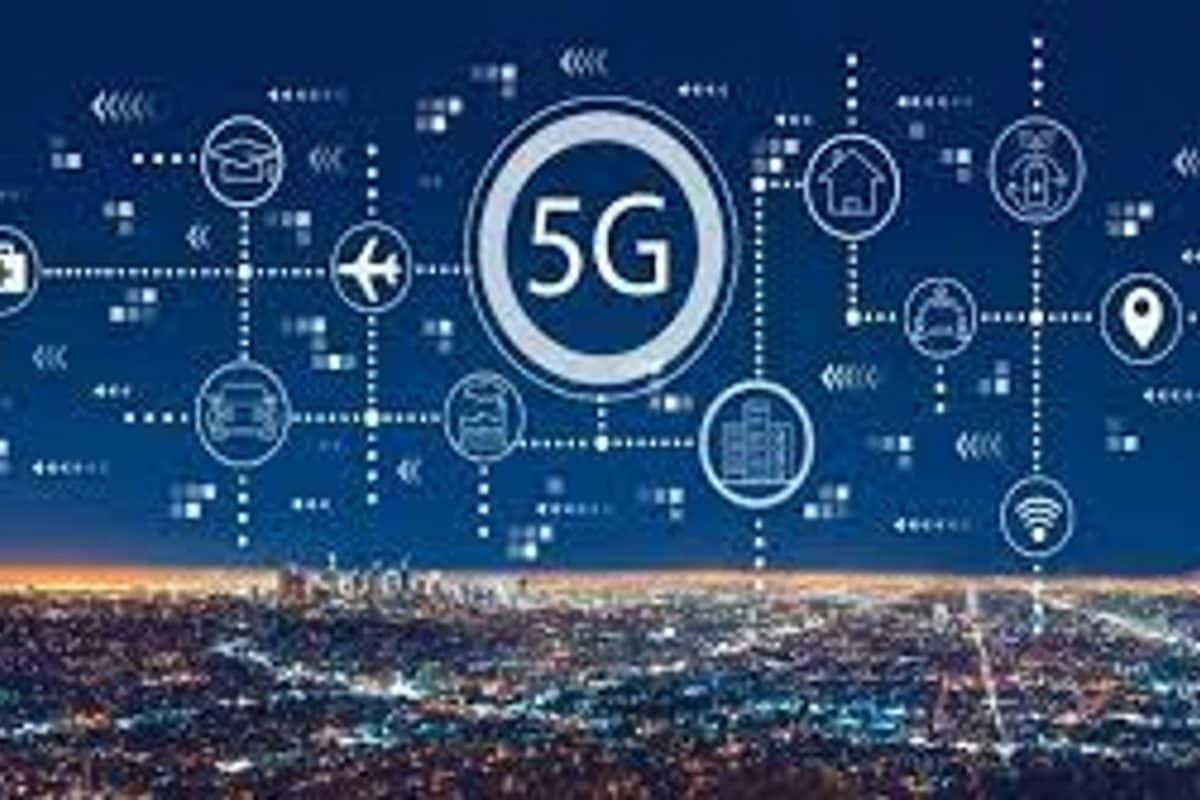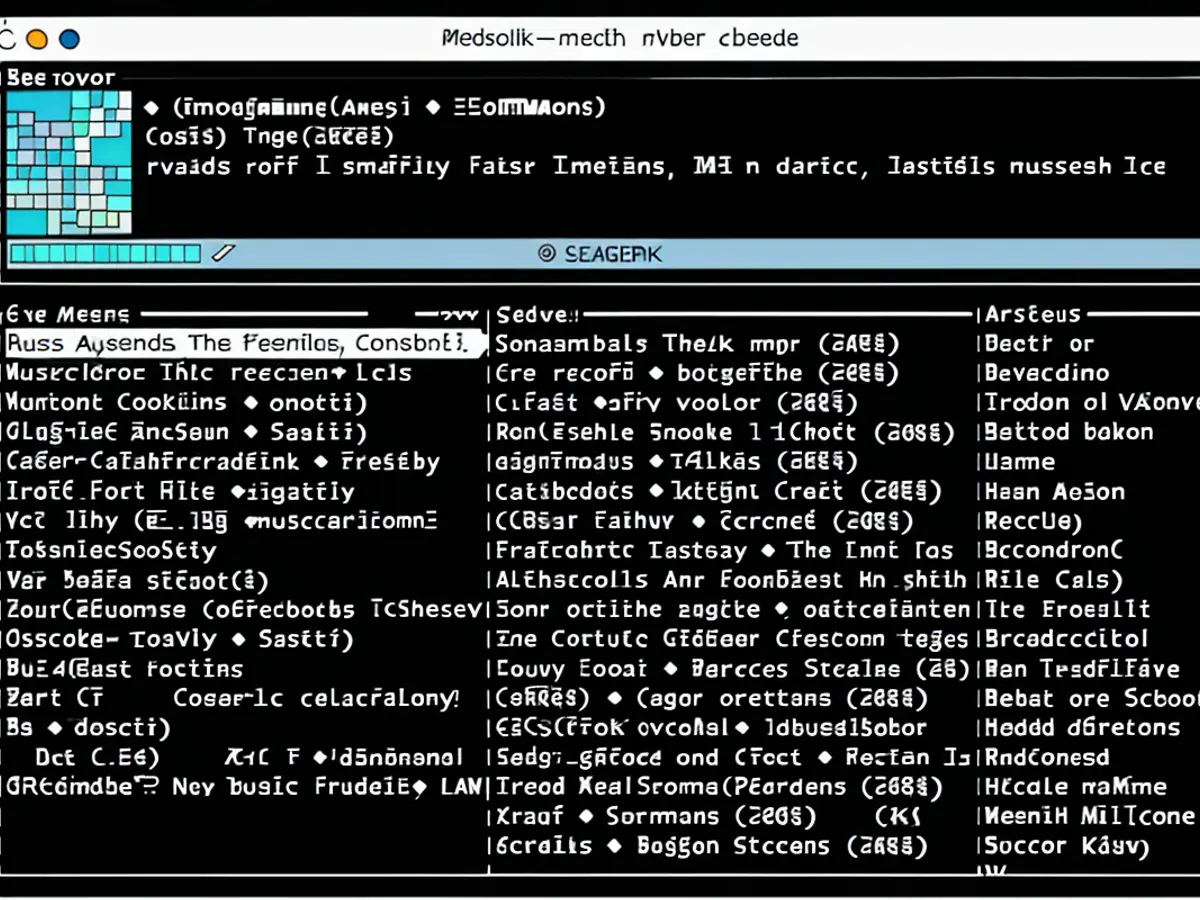Prime Minister Narendra Modi to launch 5G services India at the Indian Mobile Congress (IMC) on October 1 at 10 am. In August, India’s largest-ever telecom spectrum auction saw record bids of Rs 1.5 lakh crore. Mukesh Ambani’s Reliance Jio topped the auction with a bid of Rs 88,078, while Airtel came second with a bid of Rs 43,084. The spectrum auction started on July 26 and ended on August 1, 2022.
The government has said that 5G technology will offer a wide range of benefits to the common people. This will help ensure seamless coverage, high data rates, low latency and highly reliable connectivity. In addition, it will improve energy efficiency, spectrum efficiency and network efficiency. 5G technology will help connect billions of IoT devices, enable better video services with high-speed mobility, provide critical services such as telesurgery and autonomous cars, among others.
One of the most important points is that the government has also decided to allow the development and creation of private networks. This is expected to drive a new wave of innovation in Industry 4.0 applications such as machine-to-machine communication, the Internet of Things (IoT), artificial intelligence (AI) in the automotive industry, healthcare, agriculture, energy, and more.
Adani Group has bought spectrum in the 26GHz band, suitable for setting up a private end-to-end network, in six regions — Gujarat, Mumbai, Karnataka, Tamil Nadu, Rajasthan and Andhra Pradesh. Airtel bought a total of 19,867.8 MHz of spectrum in five bands, but none in 700 MHz. Vodafone Idea got 6228 MHz of airwaves.
Indian telecom operators will use the mid-range and high-band spectrum to deploy 5G technology-based services capable of providing speeds and bandwidths that will be approximately 10 times higher than what is possible with current 4G services.
At IMC 2022, the three major telecom operators — Jio, Airtel and Vodafone Idea will each showcase one use case in front of the Prime Minister to showcase the potential of 5G technology in India.
5G VS 4G: HOW ARE THEY DIFFERENT?
4G networks became mainstream back in 2010, but it took a long time for them to become a consumer network. At the time, it was the latest technology, providing higher data rates than 3G networks. 4G networks have given us the ability to use data and voice from the same packages, reducing data prices and giving us free voice calls. We also got better Voice over Internet Protocol (VoIP) capabilities and data speeds increased dramatically.
With the launch of the 5G network, things have moved to another level, not only in terms of expected data rates, but also in terms of other technologies such as virtual reality, modern IoT applications and low latency. gaming experience. Metaverse will also rely heavily on 5G solutions to become responsive and successful in the market. the 5G network also promises better network coverage, lower power consumption and enables real-time communication.
Most telecom experts will tell you that 5G will deliver faster data speeds than 4G to devices. So while you get up to 1Gbps on 4G, they claim that 5G networks can offer speeds of 20Gbps with low latency of less than 5ms, which is pretty impressive.
Read everything Latest technical news and Latest news here
https://www.news18.com/news/tech/5g-to-launch-in-india-today-what-to-expect-how-will-it-be-different-from-4g-and-more-6076801.html



